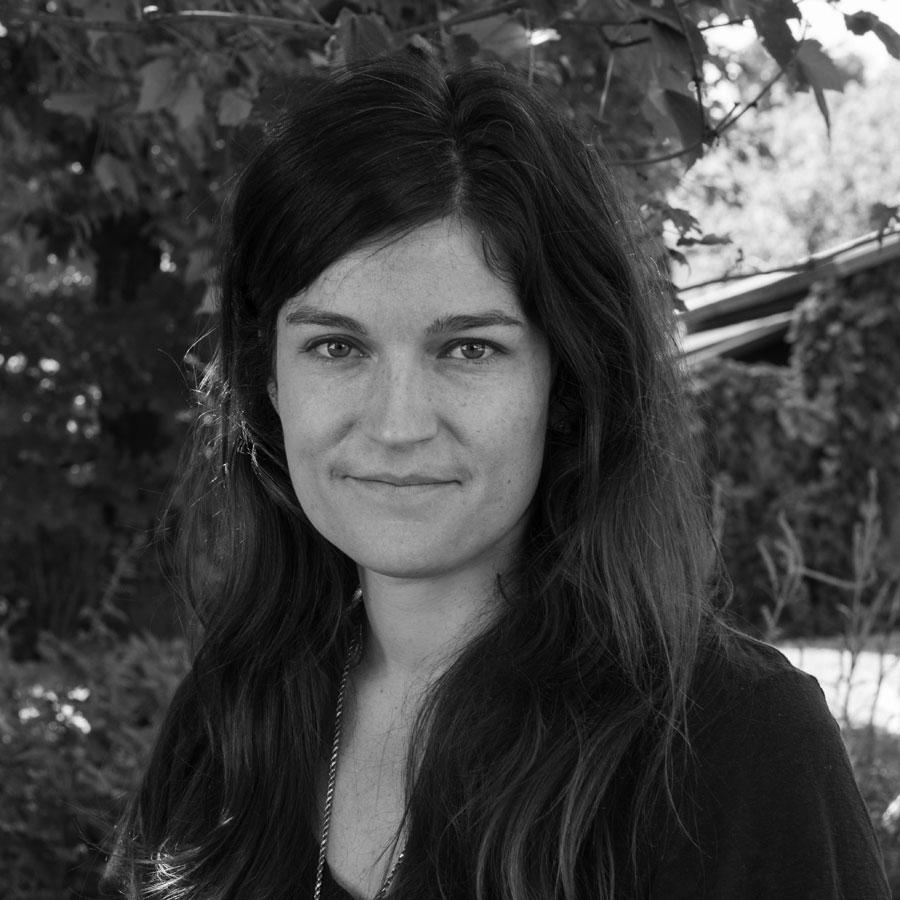Photographer highlights debt burdens
courtesy of Brittany Powell
Debt is something that affects students, professors, lawyers and countless others in the workforce. From a monetary perspective, debt is something that can stifle one’s economic growth and occupational aspirations. From an emotional perspective, debt can alter one’s welfare and stability. Photographer Brittany Powell brought the subject of debt in its various forms around the United States into perspective at the Stearns Cinema on Wednesday, Oct. 26, with her yet-to-be-completed photo essay, “The Debt Project.”
Before embarking on her current project, Powell worked as an assignment photographer for culture outlets such as National Geographic, where she chronicled the impacts of 2008’s economic downturn.
“When I was finished with that project, I was thrust back out as a freelancer and had lost a lot of my clients and work,” Powell said. “I spent this time, where there was a lot less work as a photographer, really struggling to make ends meet. I had taken up some loans to start a business, and the story around that is that I racked up in debt what I had lost in income.”
The 99 people she aims to photograph for “The Debt Project” are symbolic of the “99 percent” slogan used with the Occupy movements in recent years.
In addition to her own experience with debt, Powell’s photo essay is a representation of the 70-plus people she has interviewed and photographed thus far on being in debt and how it affects them. Powell found most of the people she photographed through Craigslist.
A published freelance documentary photographer and filmmaker, Powell finished both her undergraduate and graduate degrees while she was at California College of the Arts and San Francisco State University, respectively. Powell said “The Debt Project” was catalyzed from her own experience with falling into debt.
“I’ve been working on this project for almost four years,” said Powell. “I started it in 2013 and it really took on a life of its own, which I think is a big thing about documentary projects. Sometimes they do that. You start them with an abstract interest in a subject, then you get started and discover a lot of things along the way.
“That’s been a big thing about this project,” she added. “It’s been a huge learning experience around the subject of debt. I came to this because of my own experience with debt.”
After she filed for bankruptcy, Powell said she entered graduate school to pursue a career in teaching and to continue pursuing projects that inspired her.
The portraits displayed on Powell’s slide show illustrated indebted Americans everywhere from San Francisco to here in Johnson. Subjects were photographed in their homes and around their belongings, akin to a traditional Flemish portrait paintings.
Powell added that where you are in debt matters in addition to how much you are in debt. “One thing that I’ve definitely noticed is that geographic influence plays into your relationship to debt. Both in formal ways in which the photographs look, and also in terms of people’s different experiences.”
The idea of the project, Powell said, was not to objectify the people she photographed, but to empower them.
“I really felt that photographing people in their spaces tells you a lot about how they live and a lot about them as a person,” said Powell. “And it also asks us as viewers to consider our relationship to items and stuff.
“This has been sort of a broad look at debt,” Powell said. “It’s not my interest just looking at debt and how people have acquired it, it’s looking at it as a whole and how it makes up such a huge part of our class system and of our lifestyle. I think asking to be photographed in their homes also broadens the perspective that this is an issue that affects everybody.”
Each portrait throughout Powell’s photo essay shares the narrative of an economic system wholly dependent on debt. According to Powell, she also desires to illuminate the “moral identity we attach to debt and the stigma associated with it.”
Powell sought out one portrait in her project depicting two men resting in a comfortable sofa in a spacious and luxurious home. One of the two men was over $50,000 in debt, skewering the audience’s judgement of the original portrait. This was the point Powell wanted to make in separating her portraits from their handwritten letters which revealed their indebtedness.
The various people she photographed in their homes from Boise, Idaho, to Washington, D.C., reveal a society in which people are coerced into needing good credit scores to be seen as successful, without a strong education surrounding the concept of oweing and being in debt.
“A big thing about this project for me is learning about how those systems work and about how other people’s relationships to them work,” Powell said. “I found that most people who I photographed don’t know much about how the debt system works beyond taking out a loan and paying it back.”
Once she captures photographs, letters and videos of all 99 people, Powell says she aims to turn her vision into a book and continue to create awareness about debt through her creative endeavors.
“I can’t say that I’m somebody that’s able to embark on this policy-changing art project,” Powell said. “It’s kind of small in scale compared to such a huge problem. But one thing will say is that it adds to a much larger conversation. Even in the last four years since I started the project, [debt] is so huge that it’s become a big discussion in our current presidential race.”
“The Debt Project” has been featured and published by The Washington Post, Slate and USA Today. The photos and their corresponding handwritten letters are currently on the project’s eponymous website.






